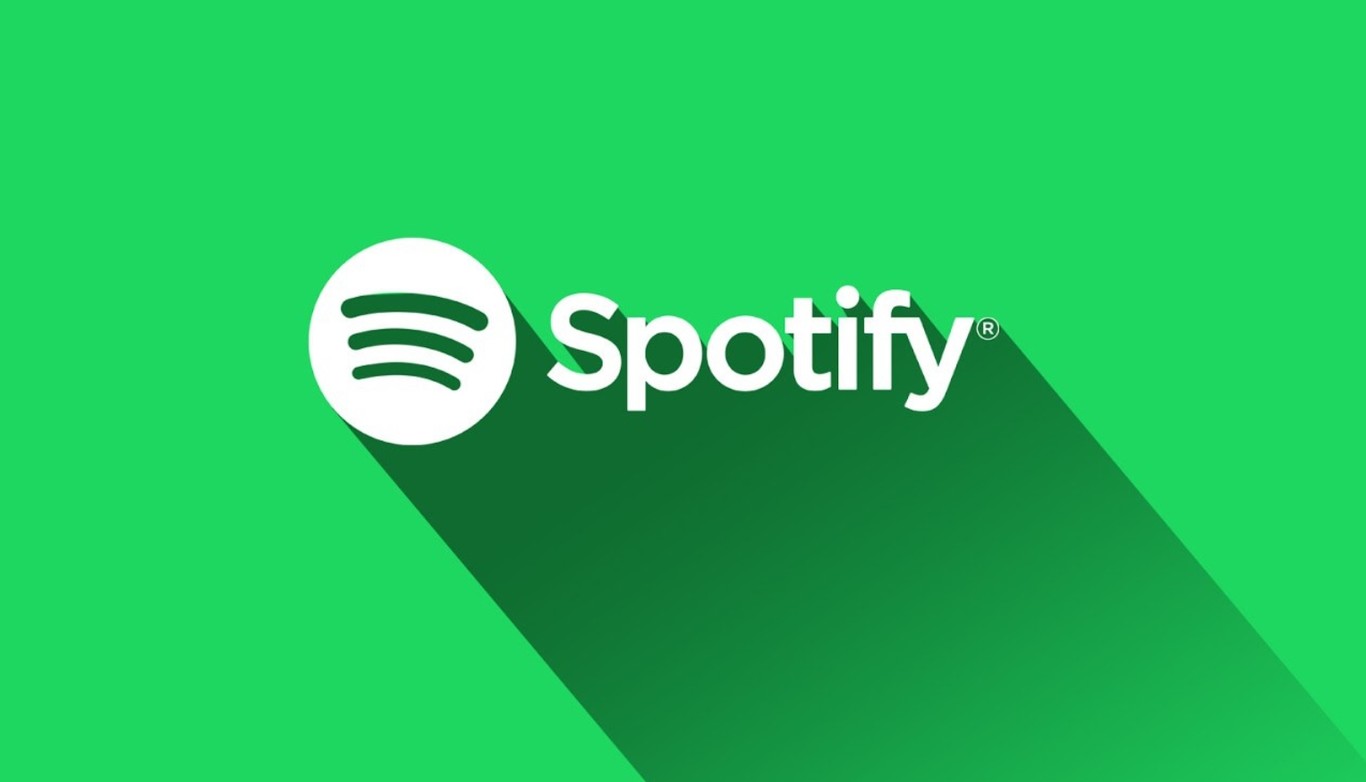In 2023, Spotify paid $9 billion in royalties. This is what spurred the expansion

The streaming behemoth Spotify claimed on Tuesday in its most recent «Loud and Clear» report that it paid out $9 billion in streaming royalties last year.
In response to complaints over its lack of openness, Spotify first released its fourth annual report in 2021. It highlighted historic milestones, such as the largest yearly contribution made by any merchant to the music industry.
«This is all the information we have about the amount of money being given out and the number of artists who are succeeding at different levels,» says Charlie Hellman, vice president and head of Spotify’s worldwide music product. «Therefore, all individuals can obtain the data and stay somewhat informed about the current status of the sector.»
Based on the statistics, 1,250 artists made over $1 million in royalties from recordings and publications in 2023; 11,600 made over $100,000, and 66,000 made over $10,000. These figures have nearly quadrupled since 2017.
According to the survey, almost 50% of the 66,000 musicians originated from nations where English is not the official language, indicating a growingly international music scene.
And according to Hellman, «indie» artists—those who release their music independently and on independent labels as well as those who self-distribute—accounted for $4.5 billion, or half of all royalties that Spotify paid out.
In an effort to reduce expenses while concentrating on turning a profit, Spotify said in December that it was laying off 17% of its worldwide personnel. This is the music streaming service’s third round of layoffs since 2023.
The majority of streaming services, including Spotify, pay royalties to the owners of the music rights on their platform; the amount of these royalties is based on «streamshare.» That is computed by taking the total number of streams in that market and dividing it by the number of times music owned or controlled by a certain rights holder was streamed.
To put it briefly, larger rights holders have a higher proportion of the market share. Furthermore, just because a listener streams a performer 25% of the time does not entitle the performer to 25% of the listener’s membership price.







